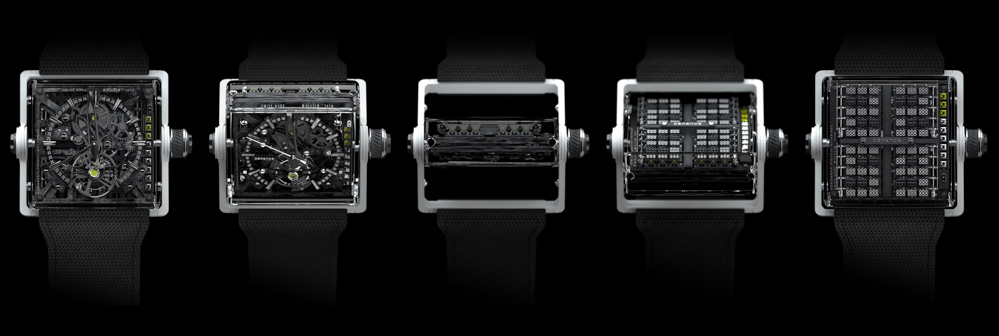
Now is a great time to produce extremely high-end exotic wrist watches… if of course, you have a reliable way to get customers to buy them. The continued watch industry downsizing in Switzerland and around the world has a series of interesting side-effects, among the most pronounced of which is a growing pool of very talented people who have less and less work to do. The Démence Timepiece is a concept watch (UPDATE: that is coming in about 18 months after the publication date of this article) which perfectly illustrates this point and the tricky place many of the watch industry’s best are finding themselves in.
Stephane Lacroix-Gachet runs the Lucky Luxe design studio in Geneva and has produced a range of high-end and accessible timepieces for many of the major watch brands over the years. In around 2005 he said that “everything was possible,” as investors and brands alike competed with one another to produce even more exotic and complicated (and expensive) timepieces. The financial crash of 2008 and the later slumping of the Chinese market more or less put an end to lavish development and spending. With that came a very pronounced reduction in the volume of modern high-complication timepieces. Accordingly, it meant a reduction in work for people like Stephane and his many colleagues who are designers, prototypers, and manufacturers.
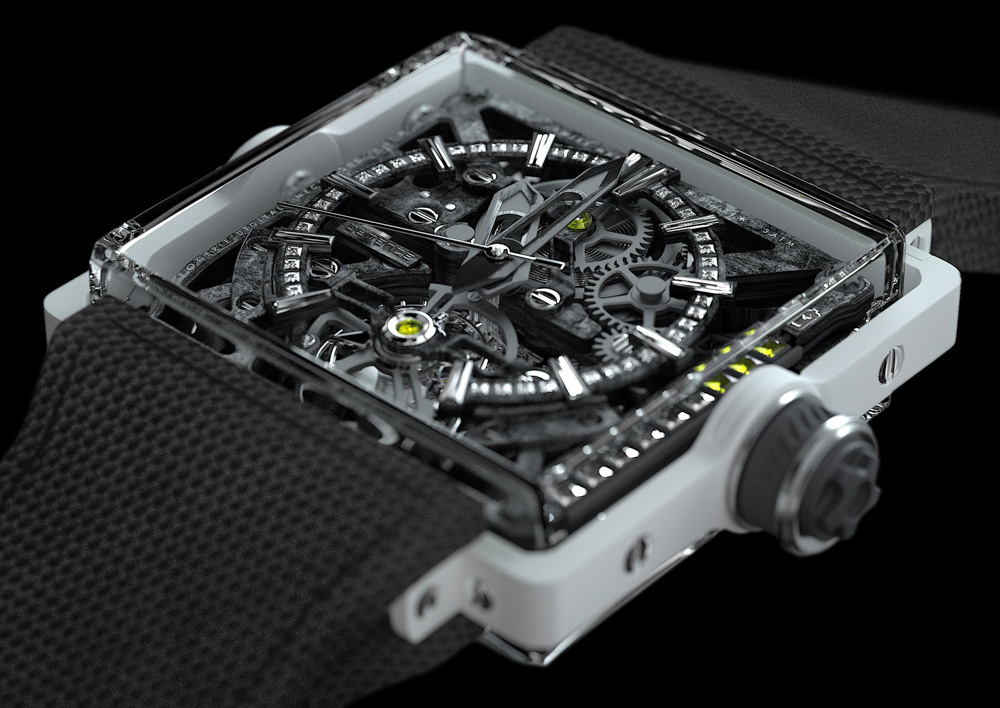
The Démence Timepiece is a concept that Lucky Luxe sought to build and was looking for a financial partner. There isn’t a lot of success for $100,000 plus watches on Kickstarter, so people like Stephane need to build traction the traditional way. Listening to Stephane talk about it, you’d easily mistake him for seeking a mate. “Someone who understands that small details can make a difference. Someone who wants to get involved in various processes other than pure watch creation. A real partner… someone who sometimes has to support you psychologically.”
He isn’t being picky, but practical. Some of the most interesting untold stories in the watch industry are tales of watchmaker meeting investor. This has led to more drama in the world of haute horology than everything else. Watchmakers and designers dream of that “perfect” partner who is supportive, patient, and resource-generous (aren’t we all). While some might come across as a prima donna, without such accommodations, often times new watches or brands can be stillborn. In an era obsessed with efficiency volume, investors looking to be a part of a seriously high-end watch must utterly adapt their exceptions for the venture. If you haven’t learned anything about the Swiss watch industry until now, know that it is both slow and full of personalities to win over.
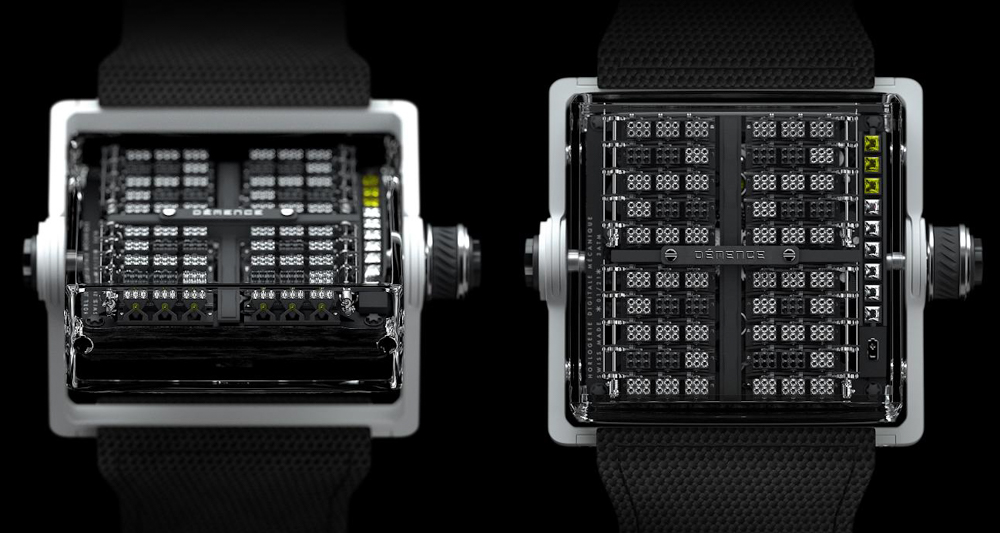
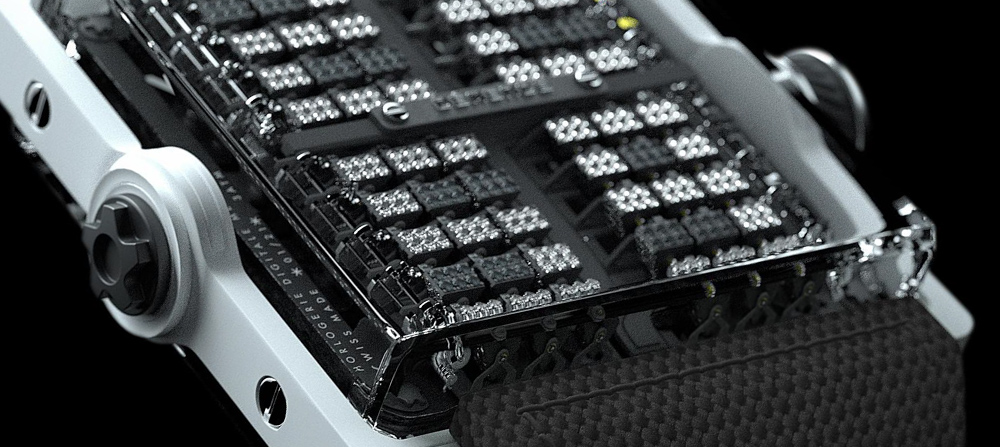
The Démence Timepiece is the type of watch you want if you love machines, love radically different design, and love to show off (at least a little bit). With a planned production of only 21 pieces total, the watch should deliver customers both inherent value and exclusivity. Many of the tech specs (such as case material – even though this concept has a matte white ceramic case) are yet to be determined, but the Démence Timepiece is more or less completed from a technical perspective. Planned to have a 43mm wide square case, the movement is designed to have indication systems on both sides. Accordingly, the inner part of the case (which appears to be in a sapphire crystal box) is designed to flip around so that the wearer can choose the dial to display.
One part Richard Mille and one part Harry Winston, the Démence Timepiece is both showy and complicated. It also has plenty of functional diamonds. The diamonds are mostly decorative on the more traditional side of the watch as they decorate the hour marker ring. On the reserve side of the watch they are placed in sets of six diamonds on small sections that look like playing dice. These sections (the “prisms”) move around to indicate the time digitally and are decorated with either white or black diamonds. The process of mechanically changing the time on the digital side is planned to take three seconds. This small element is crucial because that relatively slow animation is key to the piece’s emotional intrigue. Little details like that are things that designers and investors can typically fight about.

The unique mechanical manually wound movement will have a frequency of 3Hz along with 40 hours of power reserve. The movement will have a tourbillon as well as be able to indicate two time zones. This is simply because the time on each side of the case can be set independently. Despite the highly exotic nature of the Démence Timepiece, it is rather practical in its own exaggerated manner.
An interesting and appealing design cue is in the form of what appears to be a power reserve indicator. In a slightly ironic move, the design of the power reserve indicator icon is a battery – a decision which appears to be playful and is pulling from the mobile device world. Here a row of nine diamonds flip over one at a time as you wind the movement with more energy. I’ve never seen anything quite like this in action, and I’m sure if created, it would be fun to watch in action.
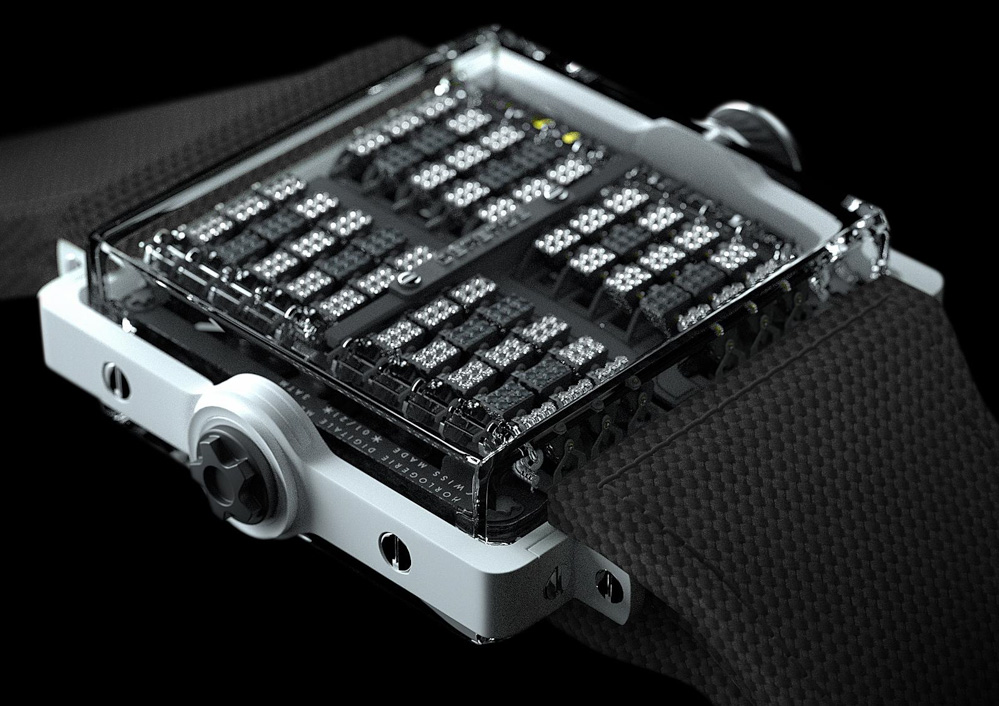
The Démence Timepiece is a cool horological toy for adults with a lot of cash for toys. In recent years, such watches have come under fire for being overly-priced and under-marketed. Both of these accusations are true. Stephane might find himself in the same situation if he follows the same route as many before him have in getting their new exotic watch idea made. The traditional model was to sell the idea to a big brand that will put their branding all over it and probably change the design. The other approach is the often very risky and hard to find success strategy of building your own brand using an investor. Will either of these methods work for the Démence Timepiece in 2017?
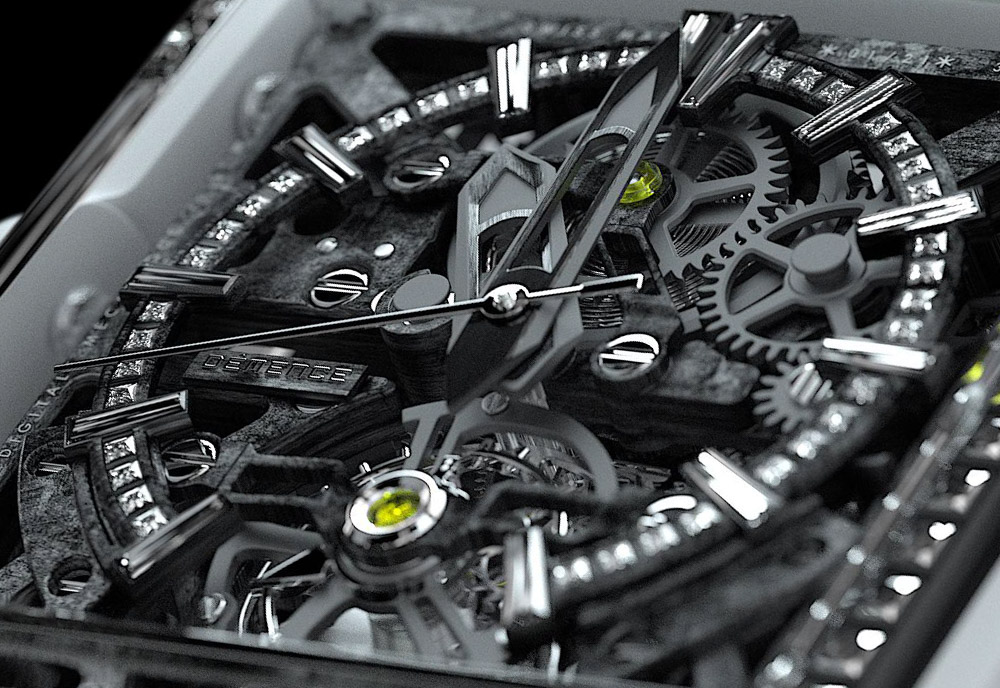
Or is perhaps now the time for a new approach? Demence itself isn’t sure at this point the precise way it will share its product with potential customers (i.e. directly or via third-party sales agents). I think the first battle is a consumer one. Watches like this have been the butt of many jokes given their avant garde designs and lack of classic lines. Watch designers have rued the fact that all but the most conservative of designs seem to get interest from mainstream consumers. Then again, with a limited edition of 21 watches and a planned “under” $350,000 price point, the Démence Timepiece is certainly not for the mainstream audience. Perhaps it is then a matter of pricing? Will wild designs make more sense at lower prices? Is there even a way of getting this level of detail in a product priced significantly less?
In the current watch economy, the answer to many of these questions is still “no.” A new production and marketing economy needs to be set up to support watches like this – which in my opinion will be the real legacy of early 21st century watch making in 50-100 years from now. If watch design studios like Lucky Luxe (and its colleagues) can manage to find a supportive system, then they are clearly ready to produce a new flock of interesting and innovative horological toys. The ideas are there, now the watch industry needs to build a new structure to support them. I look forward to seeing the Demence timepiece when it finally comes out – and experiencing how they plan to run a business around it given today’s market.
